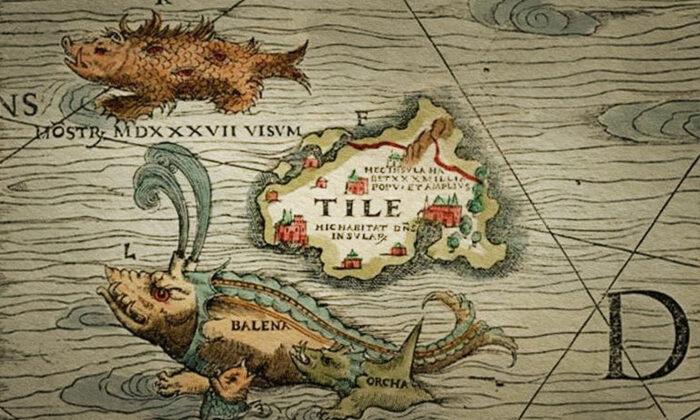The Mars, named after the Roman god of war, was once the largest and fiercest warship in the world and the leading ship in the fleet of King Eric XIV of Sweden. But in 1564, during the Northern Seven Years’ War, the ship exploded during the first battle of Öland, consigning 800 to 900 Swedish and German sailors and a fortune in gold and silver coins to the bottom of the Baltic Sea. According to a report in National Geographic, a team of underwater archaeologists have now begun studying the secrets of the Mars.
The Mars, also known as Makalös (‘astounding’), measured some 50 meters in length and, equipped with 107 guns, it was one of the largest warships of the time. But the Mars met its fate during the war between Sweden and Denmark over control of the Baltic and the lucrative trade in the Baltic Sea. The Mars was engaged with the Danish force, allied with soldiers from a German city called Lübeck, when they began lobbing fireballs at the Mars and eventually succeeded in pulling alongside the burning ship so soldiers could board her. As gunpowder on the warship fuelled the inferno, the heat became so intense that cannons began to explode, and eventually the whole ship went down. According to legend, the downfall of Mars was the result of the ‘wrath of God’ after Swedish kings had melted down church bells to make cannons for the warships.
Treasure hunters and archaeologists had been searching for the Mars shipwreck for more than two decades when, on 19th August 2011, a group of divers located one of maritime archaeology’s greatest finds, lying on the sea floor at a depth of 75 meters and around 18 kilometers north of Öland.
To date, investigations of the warship have been superficial and little is known about what still remains in the wreck. However, researchers have already concluded that it is one of the best preserved ships of its kind. Low levels of sediment, slow currents, brackish water, and the absence of a mollusk called a shipworm, combined to keep the warship in remarkable condition. In fact, when a piece of the ship’s hull was brought to the surface, a charred scent wafted from the burnt wood.
Johan Rönnby, a professor of maritime archaeology at Södertörn University in Sweden, and his team, whose work is funded in part by a grant from the National Geographic Society’s Global Exploration Fund, are now undertaking detailed three-dimensional scans and photographs of the wreck, which will be pieced together into a complete 3D reconstruction. For now, it has been decided to leave the wreck on the ocean floor as raising it to the surface can cause significant harm to artifacts.
Researcher and diver Ingemar Lundgrem describes the moment of viewing the ship for the first time:
“The ships timbers are eroded by time but you can still feel how powerful and mighty this ship once was. Continuing South East following the hull towards what seemed to be the stern area we were baffled to find that we not only can look into what must have been admiral Bagges private quarters but we can dive into it as well. As we move into the darkness of the overhead my eyes opened wide, eager to receive every impression possible. It is in here that admiral Bagges’ fabled treasure must still be hidden and this was what the Danish-Lübeck attackers sought and the reason why they fought so fiercely. Did they plunder the loot or was it still here? The records fail to give the answer but I have a feeling future dives might.”
Republished with permission from Ancient-Origins.net. Read the original.




